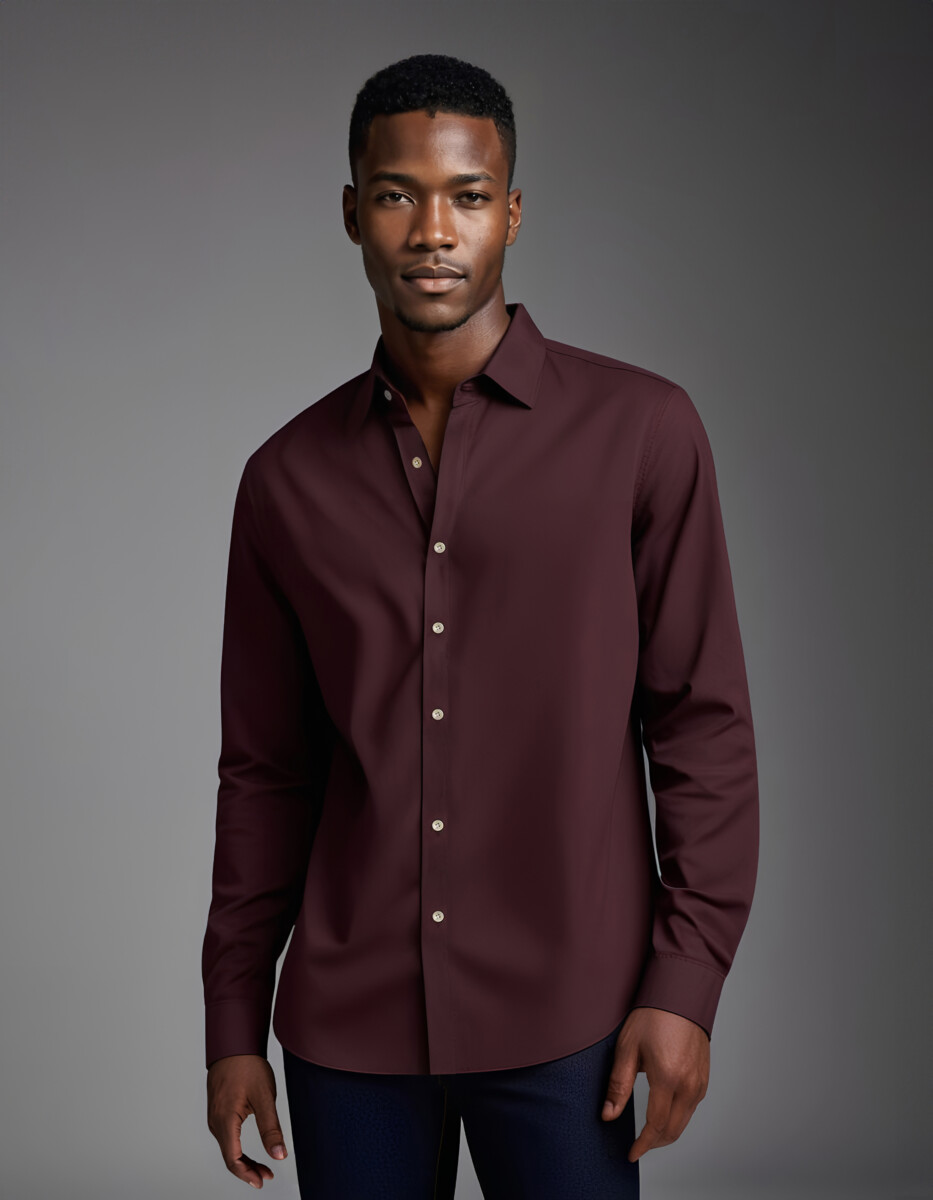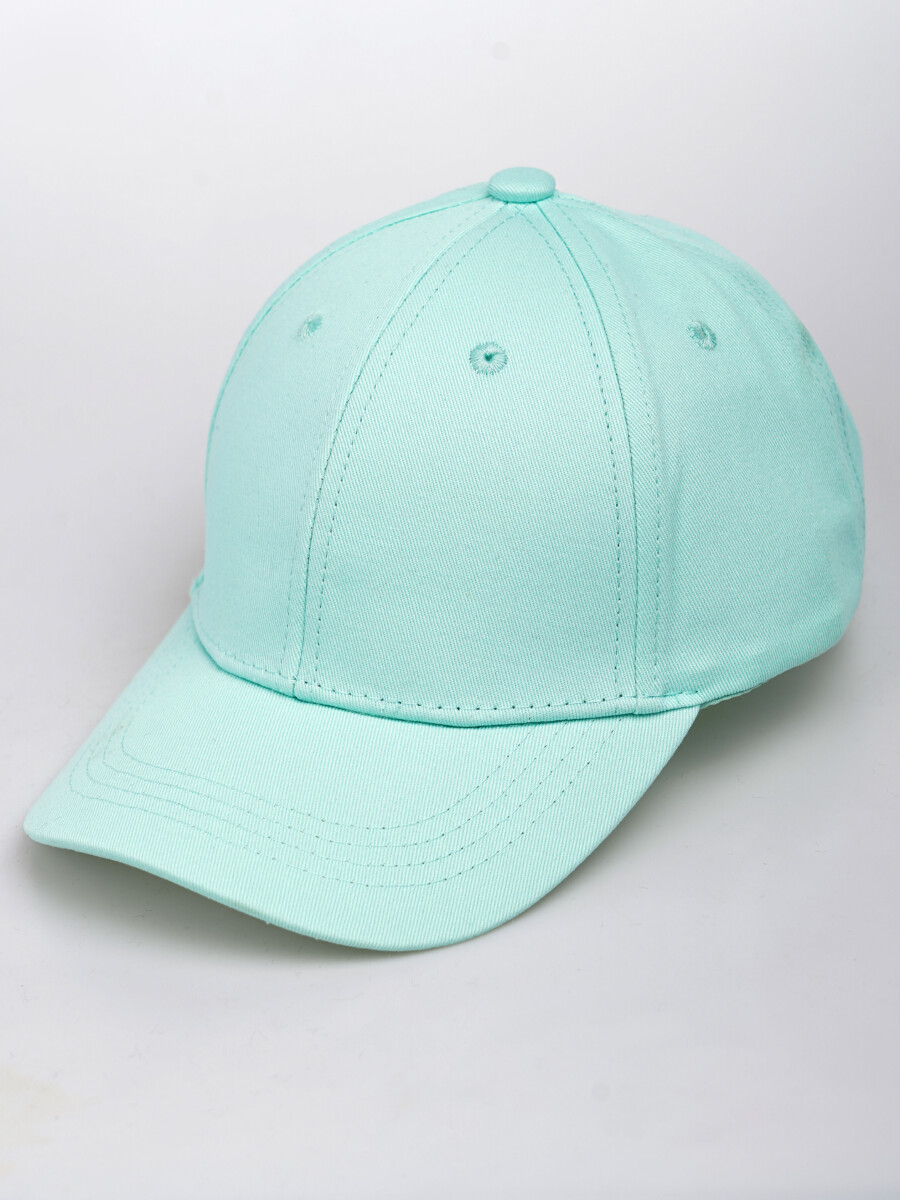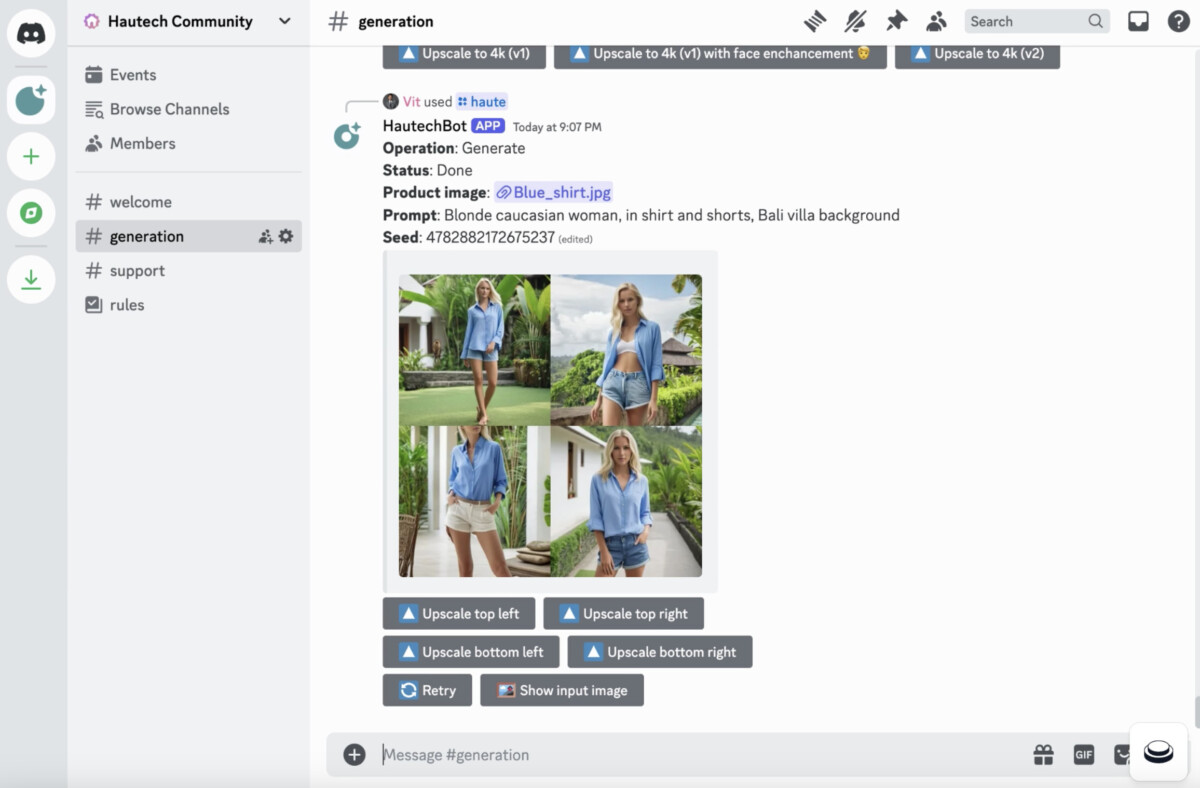Fashion photography has significantly influenced the rapid development of the e-commerce business due to technical progress.
In the past, fashion photo shoots required significant labor, time, and money. They involved hiring post-production editors, stylists, photographers, and models to create high-quality photos. However, with the increasing popularity of artificial intelligence (AI), companies are developing new and efficient techniques to produce fashion images faster and more affordably.
The process of creating e-commerce fashion photos with AI has been revolutionized. This provides a degree of creative flexibility, personalization, and scalability that was previously unattainable. Here’s how AI is transforming fashion photography for e-commerce.
Digital model development is transforming fashion photography for e-commerce through the use of AI. Numerous companies are embracing AI-generated models, which can be customized to represent specific styles, races, and body types, replacing the need for human models. These AI models can adjust their physical features, poses, and facial expressions to complement the clothing or products they are presenting.
AI-Powered Model Creation

AI-generated models offer cost-effective alternatives to hiring professional models and eliminate the need for physical photoshoots. Moreover, these models enable companies to enhance diversity and inclusion without the challenges of traditional model casting, as they represent a wide array of body types, skin tones, and cultural backgrounds.
For instance, companies such as HAUTECH.AI have created platforms that allow users to specify parameters and generate AI models that closely resemble and behave like real individuals. This not only facilitates greater personalization but also permits brands to utilize multiple models without the requirement for multiple photoshoots.
Simulated Clothes and Virtual Fitting


Fashion photographs with AI capabilities do more than just generate virtual models. AI is also capable of simulating the textures and materials of clothes, giving the impression that the model is wearing the items. AI is able to compute how cloth stretches, folds, and reacts to light, giving the product a lifelike appearance. This is done by powerful algorithms that comprehend the physics of materials and how they react in the actual world.
This is further enhanced by virtual fitting technologies, also known as digital draping, which precisely replicate how apparel would appear on various body shapes. By integrating this technology into fashion e-commerce platforms, customers may preview how a garment might fit them according to their own dimensions.
With the capacity to digitally develop and test clothing items on virtual models, this feature significantly lowers the requirement for product samples and photoshoots. As a result, new product introductions may happen considerably more quickly, which is crucial in the quick-paced fashion sector.
Automated Photo Enhancement
Much of the enchantment in conventional fashion photography sometimes occurs during the post-production phase. Editors are used by photographers to adjust lighting, fix flaws, add details, and touch up images. This procedure is now mostly automated thanks to AI.
AI-based products, such as Sensei from Adobe and Luminar from Skylum, employ machine learning to analyse a picture and make various adjustments, including background removal, color correction, and even skin retouching for models. E-commerce companies may now create polished, expert photos more quickly and easily without having to spend a lot of time editing them.
Consistency between photos is another important feature of AI-based photo improvement. The inconsistent use of lighting, shadows, and camera angles in traditional photoshoots might result in a disorganized visual experience for e-commerce websites. By preserving a consistent look across all product photos, artificial intelligence enhances the user experience overall.
Customization and Vibrant Pictures
The potential of AI to create dynamic, customized photographs for specific people is one of the most intriguing advances in fashion photography for e-commerce. Artificial intelligence has the ability to offer customized fashion photographs that are more likely to appeal to each individual viewer by using data on consumer tastes, purchasing behavior, and even geographic location.
For example, AI may dynamically display photographs of models wearing winter collections to a consumer visiting a fashion e-commerce site in a colder area. On the other hand, a user in a tropical area may see the same things displayed in a summertime environment. This degree of customization raises the possibility of conversions while improving the buying experience.
Additionally, some AI systems have the ability to instantly transform product visuals, giving customers the option to examine things in a variety of sizes, colors, and accessory combinations. For e-commerce businesses, this means that fewer individual picture shoots for every product variety are required, saving time and money.
Artificial Intelligence Supported Background Creation

The environment is just as crucial to fashion photography as the attire. On the other hand, setting up an actual set or location scouting may be costly and time-consuming. This area of fashion photography has seen a transformation thanks to AI, which now enables marketers to create lifelike backdrops for their shots.
Without the requirement for an actual site, AI-driven technologies may build any scenario, from a minimalist apartment to a boulevard in Paris. These technologies can blend the model and clothes into the background with ease since they employ deep learning techniques to comprehend the style and theme that a company is striving for. This makes it possible for firms to produce excellent, expert photoshoots without ever having to leave their offices.
Conclusion
The way we produce and use photos for e-commerce is changing as a result of AI’s integration with fashion photography. Artificial intelligence is assisting companies in producing fashion photographs at a fraction of the time and expense associated with traditional techniques. Examples of this include AI-generated models, automated garment simulation, dynamic image personalization, and AI-assisted background creation. Future advancements in AI should bring about much more improvements to the way we photograph, edit, and present fashion items on the internet. For organizations hoping to stand out and appeal to contemporary customers in a crowded digital market, staying on top of these trends will be essential.




